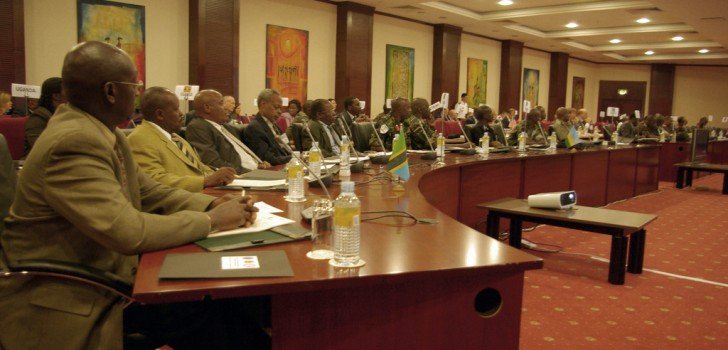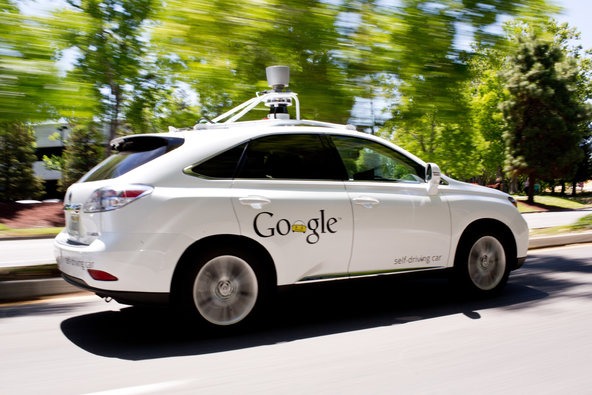The Smithsonian’s National Air and Space Museum has launched a campaign to raise funds in order to conserve and restore the spacesuit worn by Neil Armstrong on the first-ever moonwalk in 1969. The campaign is aptly entitled “Reboot the Suit.” Beginning the restoration project now will hopefully allow the suit to be made available to the public by July 2019, the 50th anniversary of the Apollo 11 Moon landing.
NASA has partnered with the organization Kickstarter, a program that allows individuals to donate to a particular cause, in order to raise the necessary funds. The conservation project is necessary to both protect the spacesuit and to make it available to the public as the suit is deteriorating and has not been displayed to the public since 2006.
NASA is a federally funded program and federal appropriations provide the majority of the Smithsonian’s operating budget. However, projects like Reboot the Suit do not receive federal funding, so the only way to conduct this restoration project is through private funding. Utilizing a program like Kickstarter allows countless people the opportunity to become part of this historic project and all those who donate on Kickstarter will receive regular updates on the project and can follow the process each step of the way.
Like most of the spacesuits in the Air and Space Museum’s collection, Neil Armstrong’s spacesuit is presently stored in a climate-controlled storage area not accessible to the public. Interestingly, these spacesuits that protected astronauts while they travelled to the moon and back, are extremely fragile. Conservation efforts are required in order to stop the current deterioration of the spacesuit and to ready the suit for public display and access.
As scientists complete the restoration process, they will utilize state-of-the-art technology and techniques in 3D scanning, chemical analysis, photogrammetry and CT scanning that will create a detailed map of the spacesuit in order to documents its condition. This research will aid scientists in creating the perfect environment to protect the suit for public display while preserving the suit in its present condition.
As of 4:27 P.M. EST on July 20, 2015, the Kickstarter campaign has raised $79,466 of the requested $500,000 by 1,040 donors. The campaign will run until August 19, 2015.

















